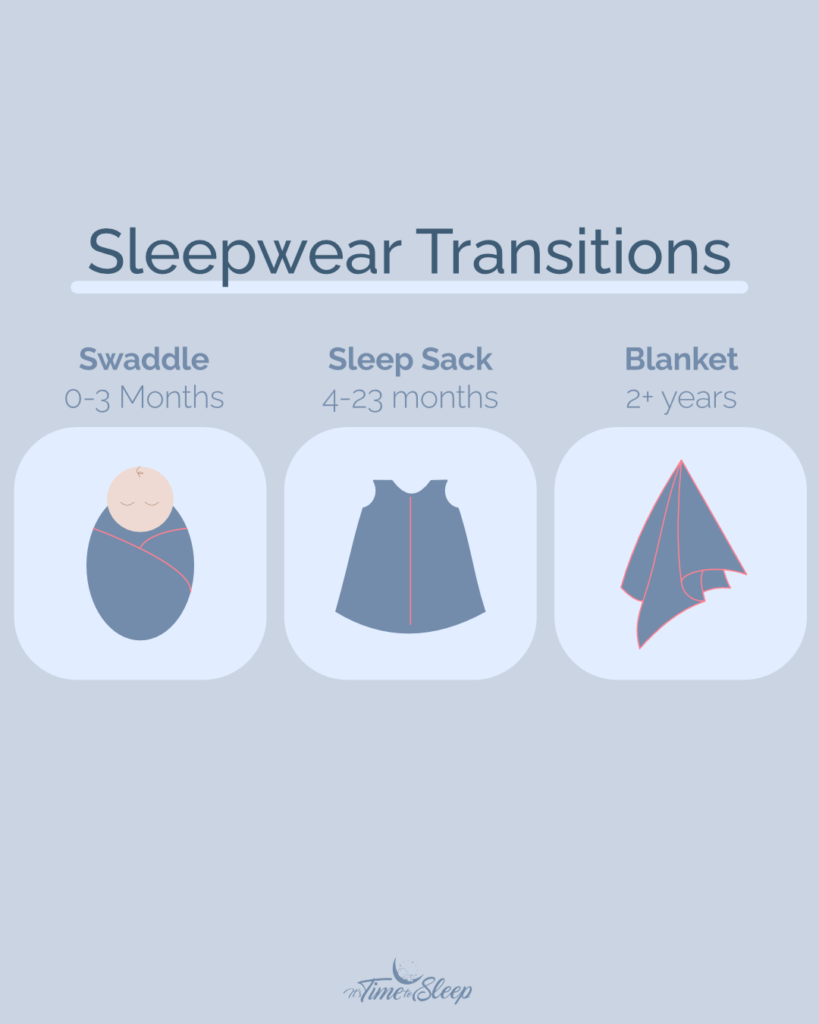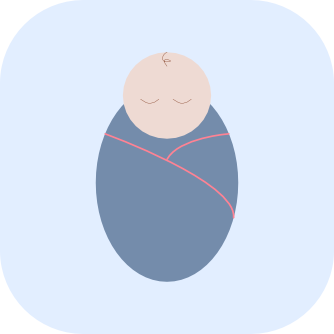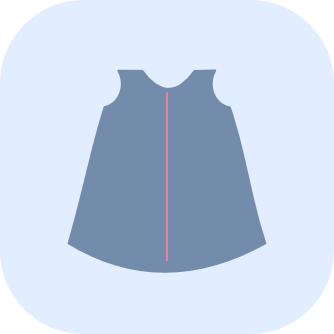Transitioning Your Baby’s Sleepwear
Sleep is crucial for the healthy development of your baby. One important aspect of establishing a safe and comfortable sleep environment is choosing the right sleepwear for your little one. Many parents wonder when and how to start transitioning their baby’s sleepwear from a swaddle to a sleep sack, and eventually to a blanket. Let’s talk about how to make a smooth and safe transition for your baby’s sleepwear. And while you’re reading, remember that you can always book a free discovery call with me! I can give you personalized advice on whatever stage you and your baby are at.

Why Transitioning Sleepwear Matters
The right sleepwear can play a significant role in helping your baby establish healthy sleep habits. It can provide comfort, warmth, and security, and help prevent overheating or suffocation risks. As your baby grows and develops, their sleepwear needs may change. It’s essential to be aware of the recommended guidelines for safe sleep practices.

The Swaddle Stage
The swaddle is a common sleepwear choice for newborns as it mimics the snug feeling of being in the womb, helping to soothe and calm your baby. Swaddling can also prevent the startle reflex, which can disrupt sleep.
When to Transition: It’s recommended to transition out of the swaddle around 3-4 months of age or when your baby starts showing signs of rolling over. Rolling over while swaddled can pose a suffocation risk as it can restrict your baby’s movement and ability to breathe.
How to Transition: There are several methods to transition from a swaddle to a sleep sack. One common approach is the “arms-out” method. This is where you start by leaving one arm out of the swaddle for a few nights, and then both arms out for a few more nights until your baby is comfortable without the swaddle. Another option is to use a swaddle transition product, such as a sleep sack with adjustable arms, that allows you to gradually wean your baby off the swaddle. The Zipadee-Zip is a really great transition product.

The Sleep Sack Stage
A sleep sack is a wearable blanket that can provide warmth and mobility for your baby while reducing the risk of suffocation associated with loose blankets in the crib. It allows your baby to move their arms and legs freely while keeping them cozy and safe.
When to Transition: Most babies are ready for a sleep sack around 3-4 months of age when they start showing signs of rolling over or when they have outgrown the swaddle. However, every baby is different, and it’s essential to pay attention to your baby’s cues and readiness for the transition. I love the Kyte Baby Bamboo sleep sack.
How to Transition: Start with a sleep sack appropriate for the current season and adjust the clothing layers underneath to keep your baby comfortable. Avoid using additional loose blankets or objects in the crib to reduce the risk of suffocation.

The Blanket Stage
Once your baby is older and has developed the motor skills to move around independently, they may be ready for a blanket in their crib. A blanket can provide warmth and comfort and give your baby a sense of security during sleep.
When to Transition: It’s recommend to wait until your baby is at least one year old before introducing a blanket. By this age, your baby is more likely to have the physical ability to move the blanket away from their face if it covers their nose or mouth accidentally.
How to Transition: When introducing a blanket, choose a lightweight, breathable material, such as a muslin or cotton blanket. Avoid using heavy or fluffy blankets that can pose a suffocation risk. Always place the blanket below your baby’s shoulders and avoid covering their head or face.
Tips for a Smooth Sleepwear Transition
Transitioning sleepwear can sometimes be challenging for both parents and babies. Here are some helpful tips to make the process smoother and safer:
- Gradual Transition: It’s best to transition your baby’s sleepwear gradually, allowing them time to adjust to the changes. Start by introducing the new sleepwear during naps or playtime before using it for overnight sleep.
- Pay Attention to Signs of Readiness: Look for signs that your baby is ready for the next sleepwear stage. Signs such as rolling over, showing discomfort in the current sleepwear, or outgrowing the current size. Every baby is different, so pay attention to your baby’s cues and readiness for the transition.
- Follow Safe Sleep Guidelines: Always follow safe sleep guidelines, such as placing your baby on their back to sleep, avoiding loose objects or blankets in the crib, and using age-appropriate sleepwear.
- Choose Appropriate Sleepwear: Select sleepwear that is appropriate for your baby’s age, size, and the current season. Avoid using sleepwear that is too tight, too loose, or made of heavy or fluffy materials.
- Create a Comfortable Sleep Environment: Besides sleepwear, create a comfortable sleep environment for your baby by, ensuring the room is dark, quiet, and at a comfortable temperature, and using a firm mattress and a tight-fitting sheet in the crib.
Transitioning sleepwear from a swaddle to a sleep sack, and eventually to a blanket, is a significant milestone in your baby’s sleep journey. By following these tips, you can ensure a smooth and safe transition for your little one. Remember to always pay attention to your baby’s cues, follow safe sleep practices, and choose age-appropriate sleepwear to create a comfortable and safe sleep environment for your baby’s optimal sleep health.
If you would like a bit of guidance and a sleep plan to help with transitioning your baby’s sleepwear, my one hour consultation is perfect for you! I’d love to hear from you today.
CATEGORY
4/19/2023
COMMENTs